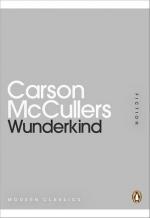|
This section contains 1,193 words (approx. 3 pages at 400 words per page) |

|
The Idea of the Teenager
The category of "teenager" is a familiar, well-established part of our culture; we may not consider that, as a social "type," it is a relatively recent invention. But the idea that one's teenage years are a separate and distinct stage of life has really come into its own only in the twentieth century. While all cultures have their own child-rearing customs and recognize a distinction between the states of adulthood and childhood, the notion of an extended period of transition between these roles has been relatively rare in history. Western societies, at least through the Middle Ages, tended to think of children primarily as "miniature adults," and their dependence on home and family was seldom prolonged. In most cases, children took up productive labor as soon as they were physically capable of it, and through the nineteenth century, people we would now consider...
|
This section contains 1,193 words (approx. 3 pages at 400 words per page) |

|




